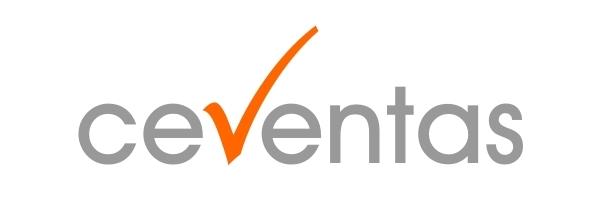Canadian Global Reporting Format (GRF)
Overview
The Global Reporting Format (GRF) is an internationally accepted methodology for runway condition assessment and reporting, developed by the International Civil Aviation Organization (ICAO).
This course will prepare learners for the implementation of the GRF in Canada.
It will address the new runway condition assessment and reporting requirements contained in Transport Canada (TC) Advisory Circular (AC) 300-19 Global Reporting Format (GRF) for Runway Surface Conditions.
Please note – this course is also available in French.
Learning Outcomes
On completion of this course, participants will be able to:
- Describe the background to the introduction of the GRF
- Define and explain the major elements of the Runway Condition Assessment Matrix (RCAM)
- Explain under what circumstances Runway Condition Codes (RWYCC) can be adjusted via a downgrade or upgrade
- Understand when a runway surface condition assessment should be conducted
- Describe the steps required to conduct a runway surface condition assessment and determine the correct RWYCC
- Use the Aircraft Movement Surface Condition Report (AMSCR) Form to record the data generated by a runway surface condition assessment and generate the information required for the Runway Surface Condition (RSC) NOTAM
Who Should Enrol?
- Management, Officers and Staff responsible for airport operations or safety
- Airline Officials
- Air Traffic Service Providers
- Civil Aviation Authority Officials
- Anyone interested in a career in airport operations and/or safety
Course Content
The Canadian Global Reporting Format (GRF) course covers the following topics:
1. Background
- Background to the ICAO GRF
- The changing requirements for Aircraft Movement Surface Condition Reporting outlined in Advisory Circular (AC) 300-019
2. Runway Condition Assessment Matrix (RCAM)
- Definition and explanation of the elements of the RCAM
3. Using the RCAM
- How to use the RCAM to assess runway surface conditions and generate runway condition codes (RWYCC)
4. Adjusted Runway Condition Codes
- The circumstances under which a RWYCC may be downgraded or upgraded and the criteria for doing so
5. When to Conduct a Runway Condition Assessment
- When airport operators are required to conduct a runway surface condition assessment and issue an Aircraft Movement Surface Condition Report (AMSCR)
- Changes that require new AMSCRs to be issued
- Continuous monitoring of runway conditions during deteriorating conditions
6. Conducting a Runway Condition Assessment
- The steps required to conduct a runway surface condition assessment and determine the RWYCCs to be used in the AMSCR and Runway Surface Condition (RSC) NOTAM
7. AMSCR Form
- Key elements of the AMSCR Form.
- How to use the AMSCR Form to:
- Record runway condition data
- Generate RWYCCs
- Generate an AMSCR report / RSC NOTAM
8. Example Scenarios
- A series of scenarios that allow you to practice using the AMSCR Form to successfully generate a RSC NOTAM
Assessment
This training course includes an integrated online assessment. Candidates must successfully complete the assessment to receive a Certificate of Completion.
Course info
- Duration: 3 Hours
- Language: English
- Level: Short Course
$150.00 CAD

